The Pontiac 400 and Chevrolet 400 are iconic V8 engines that have left a lasting legacy in the automotive industry. While they come from different manufacturers, they share some similarities and unique characteristics. Let’s explore 15 similarities and differences between these two powerhouse engines.
Similarities
Displacement
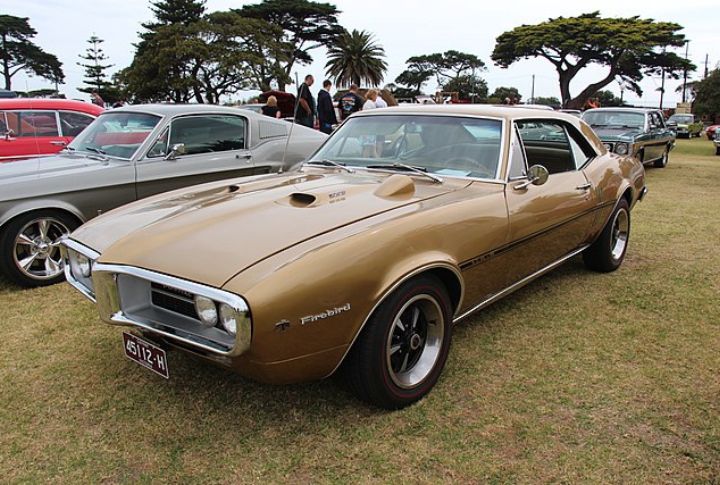
The Pontiac 400 and the Chevrolet 400 engines feature a displacement of 400 cubic inches, achieved via different bore and stroke measurements. The Pontiac 400, seen in muscle cars like the Firebird, emphasizes high torque output at lower RPMs. Conversely, the Chevrolet 400, found in vehicles like the Impala, focused on versatility across a broader RPM range.
V8 Configuration
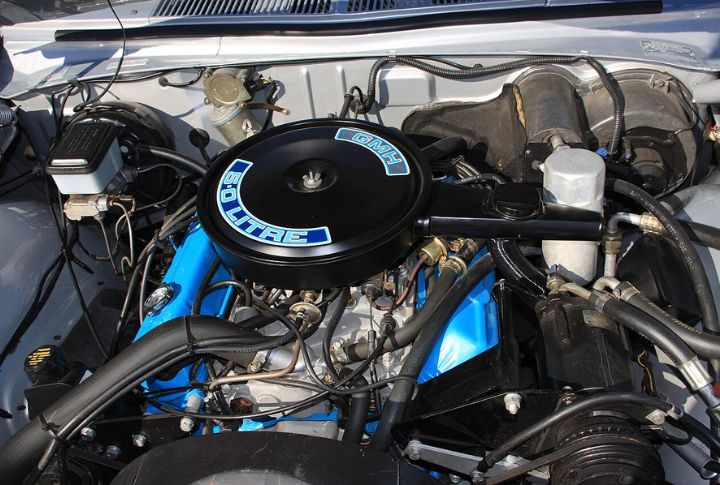
These engines utilize the popular V8 configuration, which provides a robust performance profile due to its even firing order and cylinder layout. This V8 setup is famous for its ability to deliver a smooth and sufficient power output. It contributes to smoother acceleration and offers a substantial foundation for modifications and tuning.
Carburetion
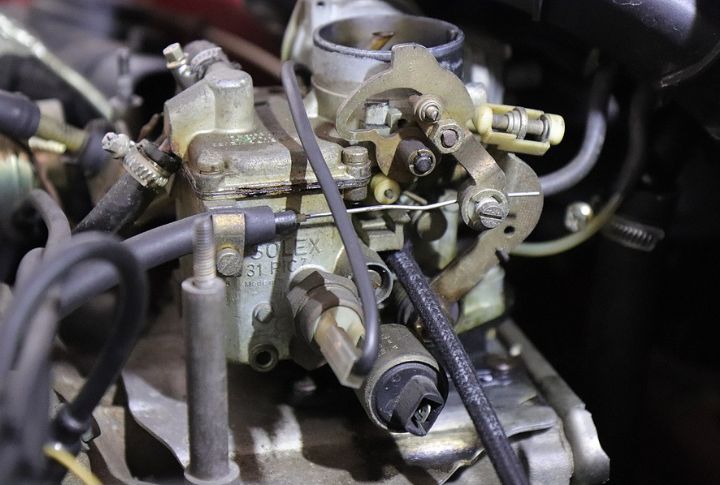
In their original configurations, the Pontiac 400 and Chevrolet 400 relied on carburetors for fuel delivery. The Pontiac 400 often came equipped with a four-barrel carburetor, and the Chevrolet 400 had either a two-barrel or a four-barrel carburetor, depending on the model and desired power level.
Aftermarket Support

The engines benefit from extensive aftermarket support, which significantly enhances their appeal. This support includes several efficient parts, such as camshafts, cylinder heads, intake manifolds, and exhaust systems, readily available from various suppliers. Additionally, upgrades for carburetors, ignition systems, and even modern fuel injection kits can be adapted to these to improve drivability and efficiency.
Cast Iron Blocks
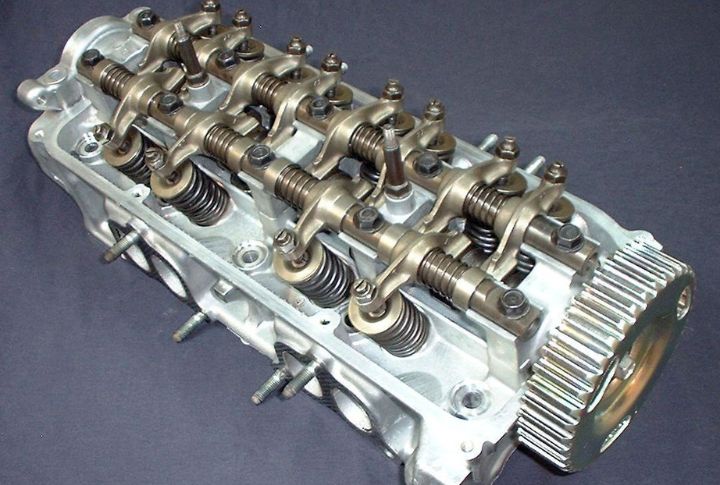
Cast iron absorbs and dampens engine vibrations, leading to smoother operation and increased longevity. Moreover, its thermal properties ensure effective heat dissipation, a critical factor in maintaining optimal temperature and preventing overheating. This shared use of cast iron highlights a standard engineering approach focused on reliability and efficiency in power delivery.
Overhead Valve Design (OHV)
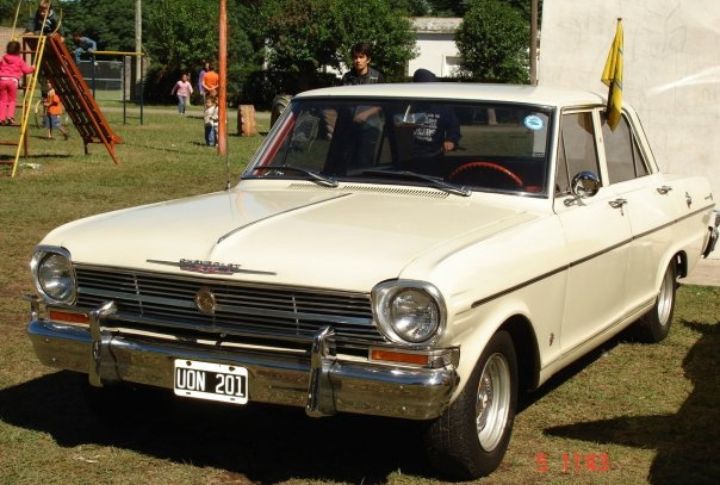
Traditional OHV setups, with camshafts in the engine block and valves operated remotely, allow for a simpler and more compact architecture. This setup is known for its durability and ease of maintenance compared to overhead cam designs. Furthermore, it helps achieve a lower center of gravity for the engine, improving vehicle stability.
Popular in Muscle Cars
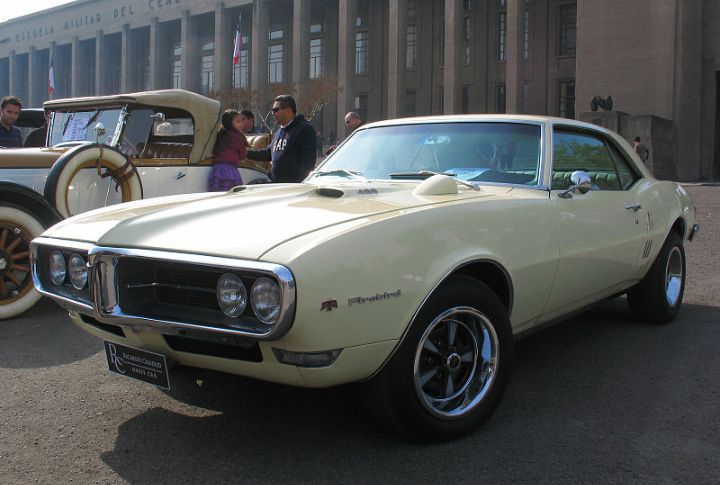
Several muscle cars of the 1960s and 1970s featured these popular engines. Iconic models like the Pontiac GTO and Firebird Trans Am have a Pontiac 400 and were synonymous with high performance. Similarly, the Chevrolet 400 engine, appreciated for its torque-rich performance, was often the powerhouse of choice for the Chevelle and Camaro.
Performance Potential
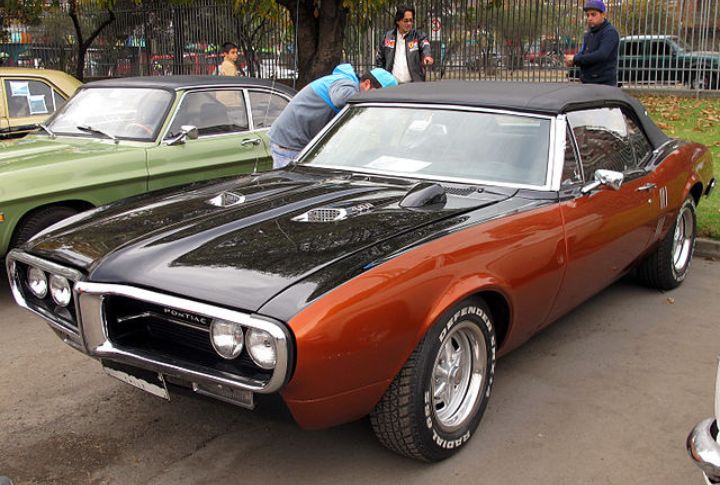
With proper modifications, both engines can deliver sufficient capabilities. Users can enhance these V8 powerhouses with various aftermarket components, such as high-performance camshafts, upgraded intake manifolds, and efficient exhaust systems. Investing in modern ignition systems and fine-tuning carburetion or switching to fuel injection can further optimize the output.
Longevity
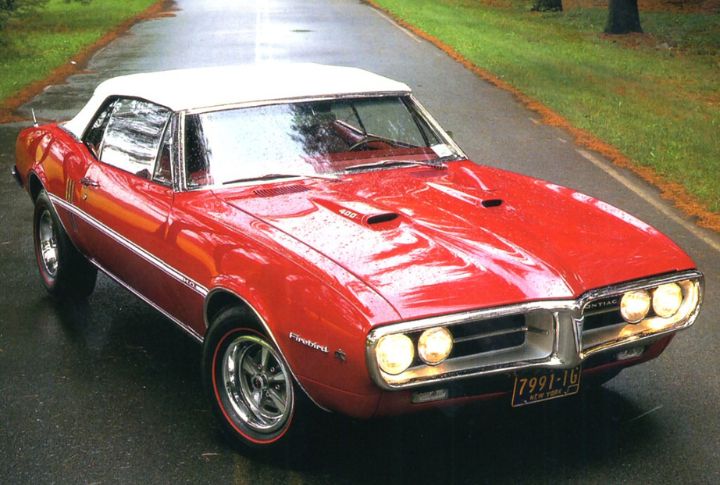
The Pontiac 400 and Chevrolet 400 offer impressive longevity and reliability, enduring the test of time if meticulously cared for. With proper maintenance, these powerhouses will continue to be coveted by enthusiasts and collectors. Their robust construction and enduring design ensure that they remain viable options for restoration projects and classic car enthusiasts.
Racing Heritage
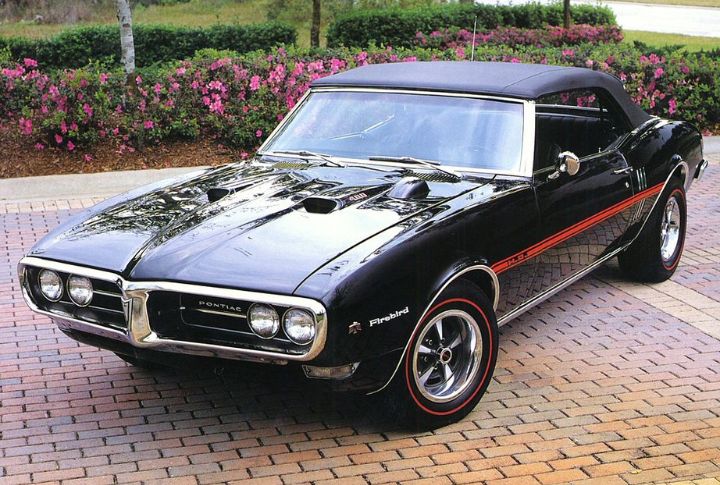
Both engines have powered numerous vehicles to victory in drag racing, delivering the raw power and torque needed to blast down the quarter-mile. Similarly, in NASCAR, they have left an indelible mark, propelling iconic cars to triumph on oval circuits. Their durability, efficiency, and adaptability have made them sought-after choices for racers seeking an edge in competition.
Era of Popularity
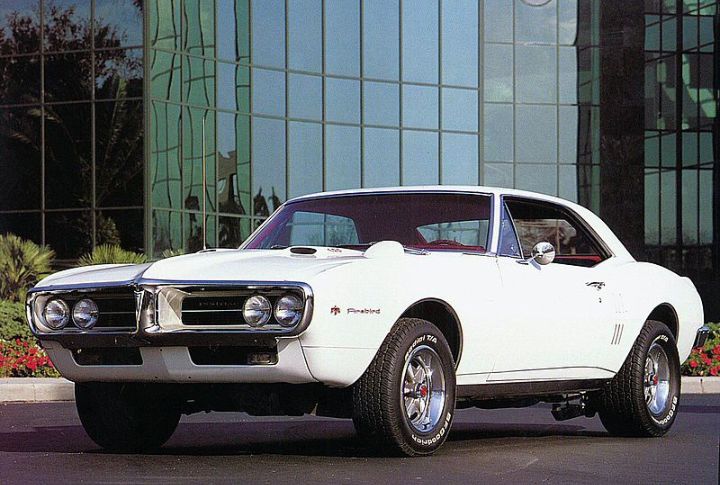
The couple were at the forefront of the automotive industry’s race for dominance, with both Pontiac and Chevrolet vying for supremacy in the fiercely competitive muscle car market. Fans and drivers alike were drawn to the raw power and top performance offered by these engines, making them emblematic of an era defined by speed, yield, and unbridled excitement on the open road.
Muscle Car Image

Despite being produced by different manufacturers, both have significant displacements,
symbolizing the era of robust V8 engines that fueled the golden age of muscle cars. Additionally, they are renowned for their impressive torque output, allowing for exhilarating acceleration and tire-shredding launches off the line.
Engine Mounting
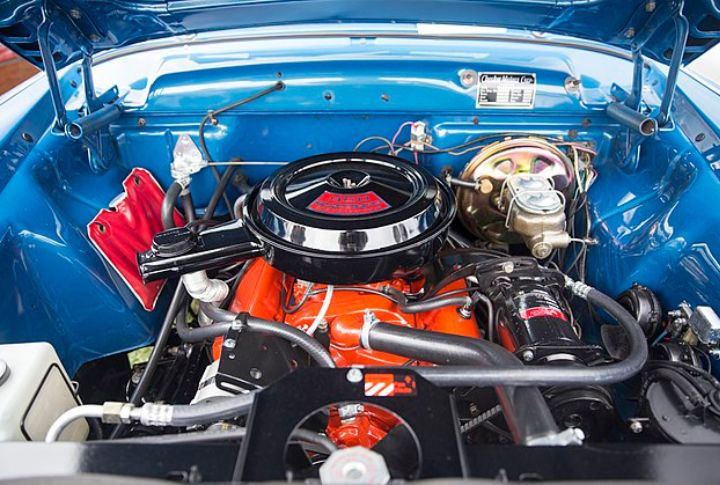
In addition to their shared mounting points, the Pontiac 400 and Chevrolet 400 engines boast similar external dimensions, facilitating their interchangeability within compatible vehicle models. Furthermore, their comparable weight distributions contribute to seamless integration into various chassis configurations, ensuring optimal yield and compatibility across various automotive platforms.
Pushrod Technology
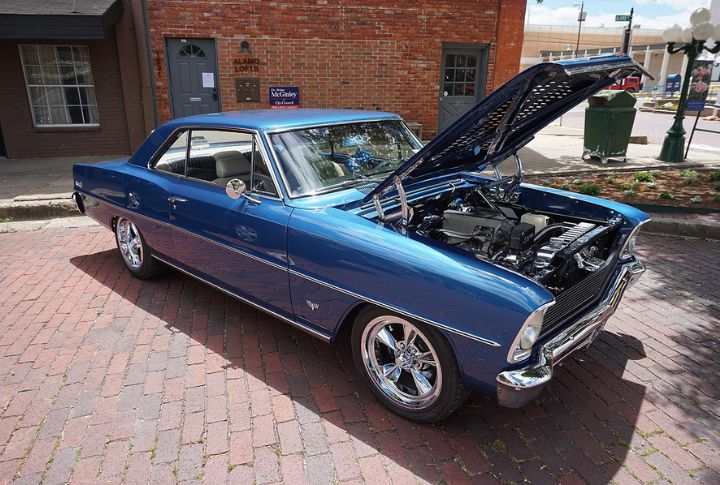
In addition to pushrod technology, the Pontiac 400 and Chevrolet 400 share similar cylinder bore and stroke dimensions, contributing to comparable displacement and yield. Furthermore, they typically employ a carburetor fuel system, offering simplicity in build and maintenance, though modern fuel injection upgrades are possible for enhanced efficiency and power delivery.
Cooling System
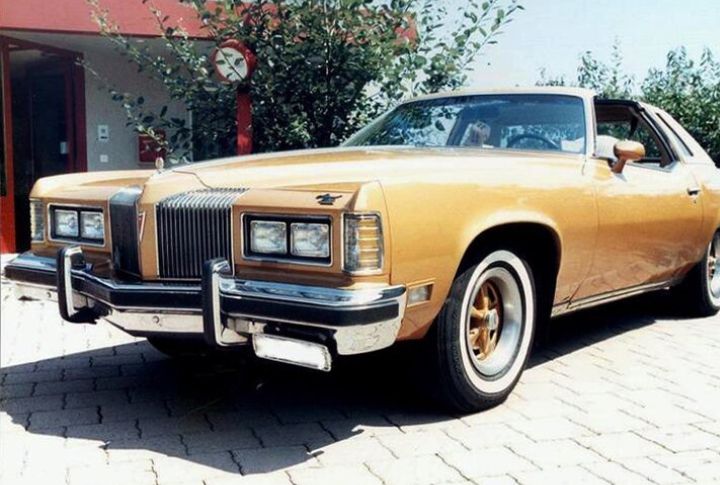
These legends employ a conventional water-cooled design, essential for maintaining optimal operating temperatures, especially under strenuous conditions. They feature similar components, such as the radiator, water pump, and thermostat, which work collaboratively to enhance coolant circulation and heat dissipation. The design similarity ensures that both powertrains efficiently prevent overheating and preserve engine integrity.
Differences
Manufacturer
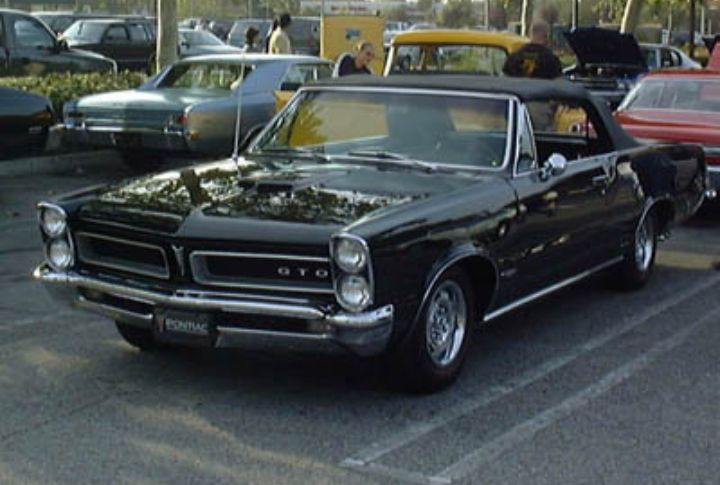
The manufacturer is the primary distinction between the Pontiac 400 and Chevrolet 400 engines. Pontiac, a division of General Motors, produced the Pontiac 400, while Chevrolet, another division of GM, manufactured the Chevrolet 400. Despite sharing the same displacement, they were designed and built by separate engineering teams within GM, resulting in unique characteristics and performance traits.
Cylinder Head Design
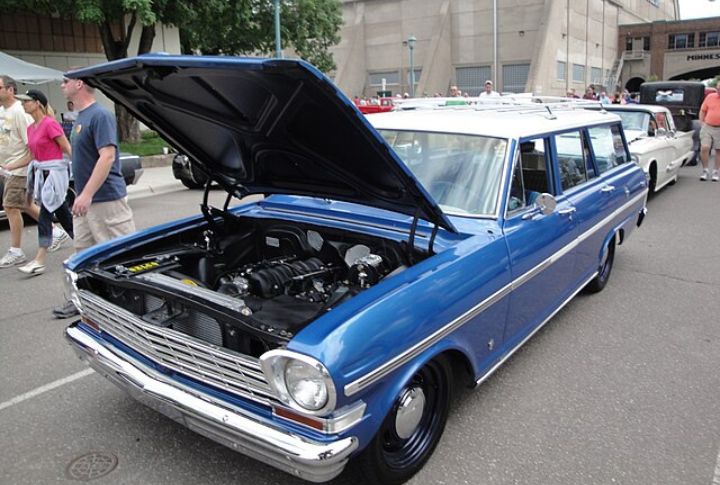
The Pontiac 400 utilizes a unique cylinder head blueprint with a canted valve arrangement, which promotes efficient airflow and combustion. This design also enhances low-end torque and mid-range power delivery. Conversely, the Chevrolet 400 employs a straight valve layout. While still effective, this configuration offers slightly different airflow quality, potentially influencing delivery.
Bore and Stroke
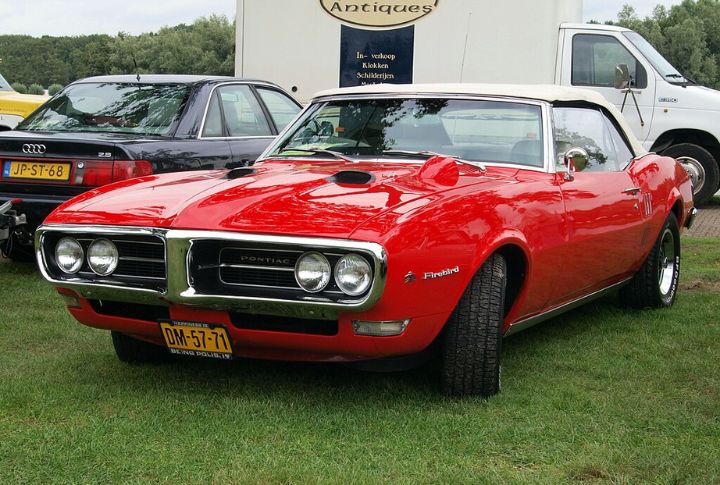
While the Pontiac 400 features a larger bore and shorter stroke, the Chevrolet 400 opts for a smaller bore and longer stroke. This contrast impacts output, torque delivery, and overall engine characteristics. The Pontiac’s larger bore promotes better breathing capability and potential for higher RPM operation. However, the Chevrolet’s more extended stroke configuration emphasizes low-end torque production.
Firing Order
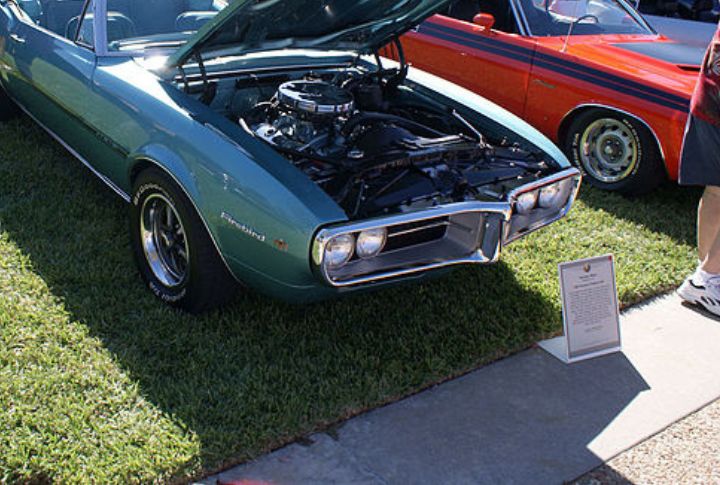
Whereas the firing order of the Pontiac 400 is 1-8-4-3-6-5-7-2, that of the Chevrolet 400 is 1-8-4-3-6-5-7-2 or 1-8-7-2-6-5-4-3, depending on the model year and configuration. This variance can result in subtle quality variations, such as throttle response. Additionally, these differences may influence the exhaust note, with each firing order producing its distinctive tone and rhythm.
Intake and Exhaust Manifold Design
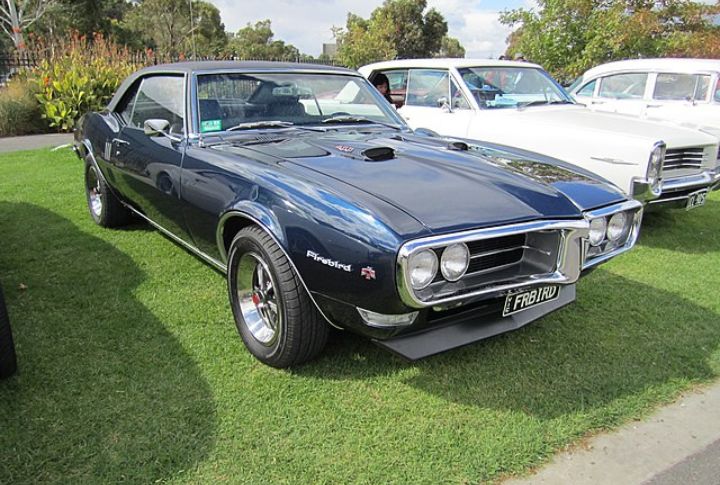
Due to longer intake runners and larger exhaust ports, Pontiac’s intake and exhaust manifolds prioritize torque production at lower RPMs. On the other hand, Chevrolet’s design typically emphasizes increased RPM, featuring shorter intake runners and smaller exhaust ports. As a result, Pontiac exhibits robust low-end torque for off-the-line acceleration. In contrast, Chevrolet excels in top-end delivery, which is ideal for high-performance applications.
Valve Train Components
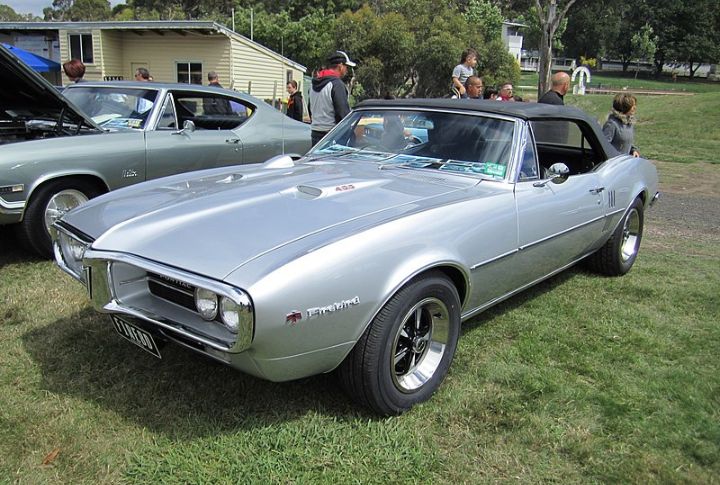
Valve train components in the Pontiac 400 and Chevrolet 400 engines typically consist of pushrods and rocker arms, essential for transferring motion from the camshaft to the valves. However, the Pontiac 400 might employ slightly longer pushrods or rocker arms with different ratios. There may also be disparities in materials used, influencing durability and output under varying conditions.
Ignition Systems
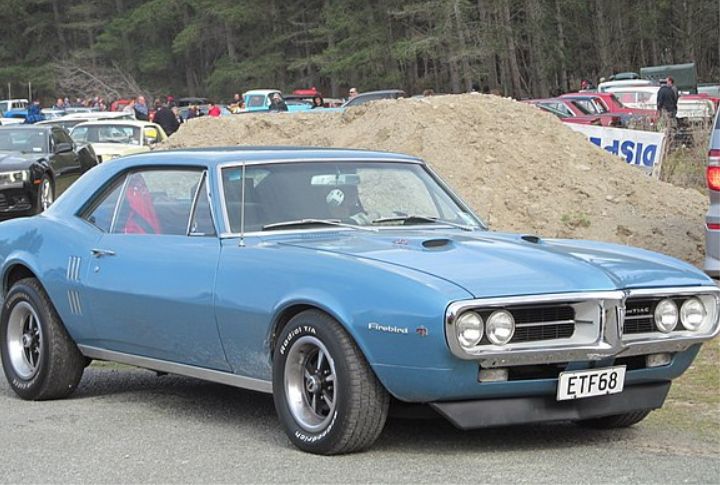
The Pontiac 400 might feature a distributor with a different advance curve than the Chevrolet 400, potentially affecting spark timing and delivery. Additionally, variations in ignition coil type and spark plug specifications could influence spark delivery efficiency and combustion characteristics between the two.
Transmission Compatibility
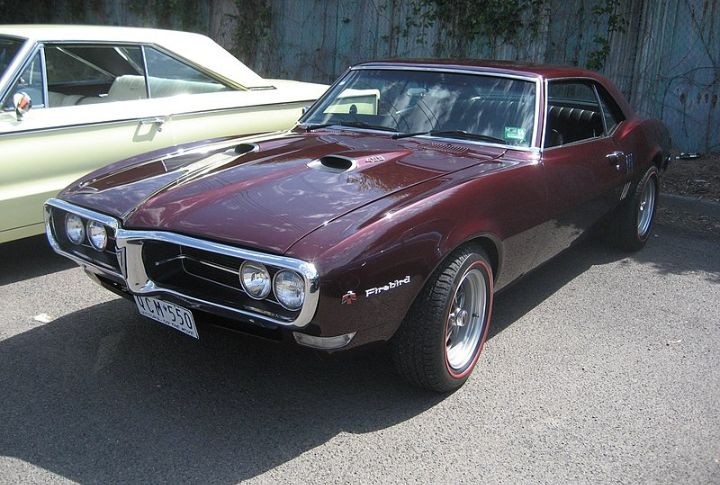
While owners can couple both powerhouses with various transmissions, nuances arise regarding their compatibility with specific gearbox configurations and bell housing patterns. Factors such as bolt patterns, input shaft sizes, and transmission mount locations may influence the ease of mating either powertrain to a particular transmission type. Additionally, differences in flywheel and flexplate designs could impact the installation process and require corresponding adjustments.
Compression Ratios
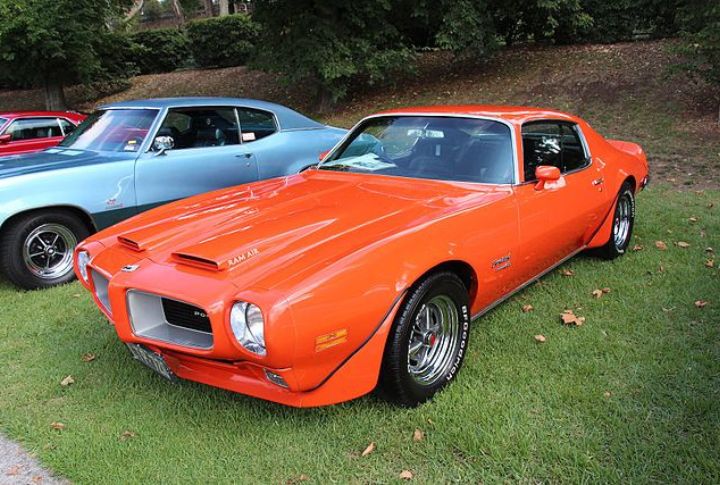
The Pontiac 400’s compression ratio is higher than that of Chevrolet. Hence, the Pontiac powertrain could generate more power per displacement unit, as greater compression ratios generally lead to increased thermal efficiency and combustion pressure. Consequently, the Pontiac often required higher-octane fuel to prevent knocking under compression, whereas Chevrolet engines could operate effectively on lower-octane fuel.
External Engine Accessories
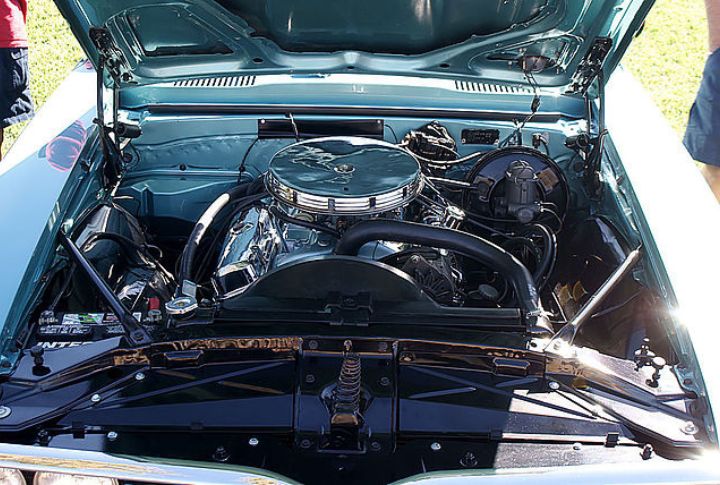
The Pontiac 400 and Chevrolet 400 engines have notable distinctions in their external engine accessories. While the duo may have similar components, like alternators, power steering accessories, and air conditioning compressors, their designs can vary significantly. For example, the mounting locations, bracket designs, and belt configurations may differ. These variations can impact the ease of maintenance and retrofitting for aftermarket accessories.
Performance in Stock Form
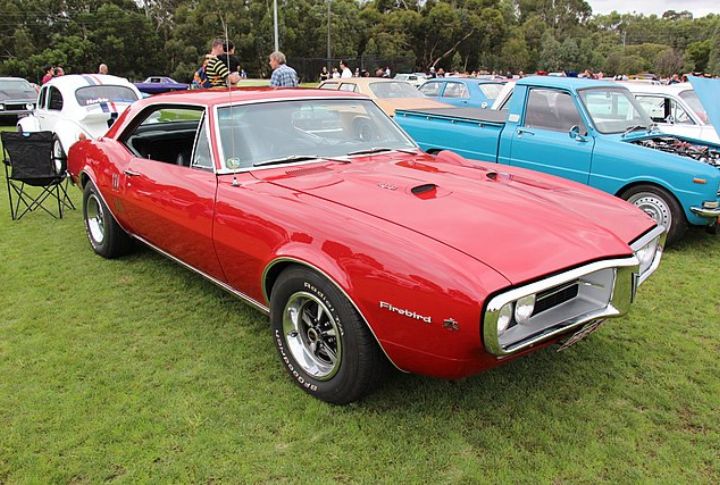
Though the Pontiac 400 and Chevrolet 400 showcase impressive outputs, their specific figures can vary due to differences in tuning, head design, and internal clearances. The Pontiac 400 is renowned for its torque-centric setup, delivering sufficient low-end power suitable for street driving and towing. On the other hand, the Chevrolet 400 typically emphasizes horsepower, offering a more rev-happy nature that excels in high-RPM scenarios such as racing or spirited driving.
Factory Tuning and Applications
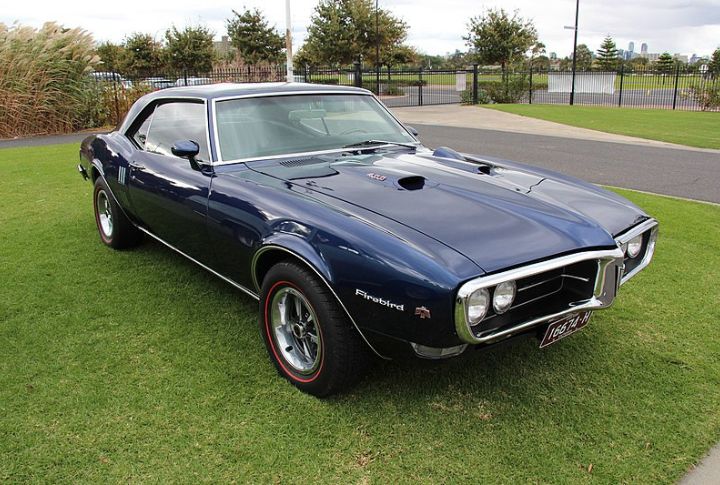
The makers of the Pontiac 400 and Chevrolet 400 tuned them differently to cater to distinct demands. Pontiac often focused on high-performance applications, tuning their powertrains for output and speed in cars like the GTO and Firebird. On the other hand, the Chevrolet 400 had versatility in mind, powering trucks and passenger cars.
Crankshaft and Connecting Rods
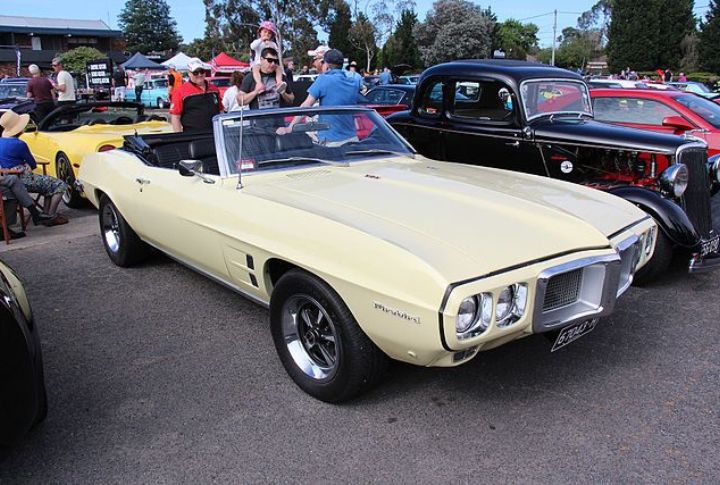
The Pontiac 400, known for its longer crankshaft journals and robust connecting rods, enhances durability and smooth operation at low RPMs, making it well-suited for heavy-duty applications. Conversely, the Chevrolet 400 employs a smaller, lighter crankshaft, reducing overall mass and allowing for quicker engine revving. However, these lighter components may compromise peak torque and long-term durability.
Historical Significance
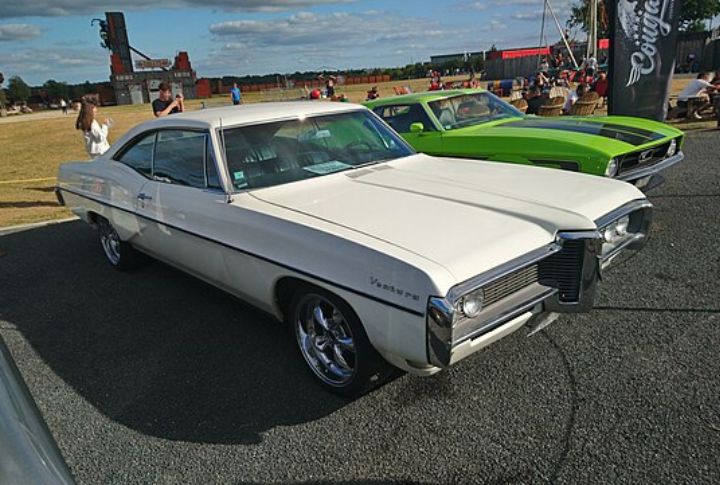
Introduced in the mid-1960s, the Pontiac 400 is synonymous with high-performance, muscle car culture. It powered some of the era’s iconic Pontiac vehicles like the GTO. In contrast, the Chevrolet 400, introduced in 1970, offered a balance of output and efficiency, powering sedans, trucks, and SUVs. This versatility helped Chevrolet maintain a competitive advantage in a diverse marketplace.
Production Numbers
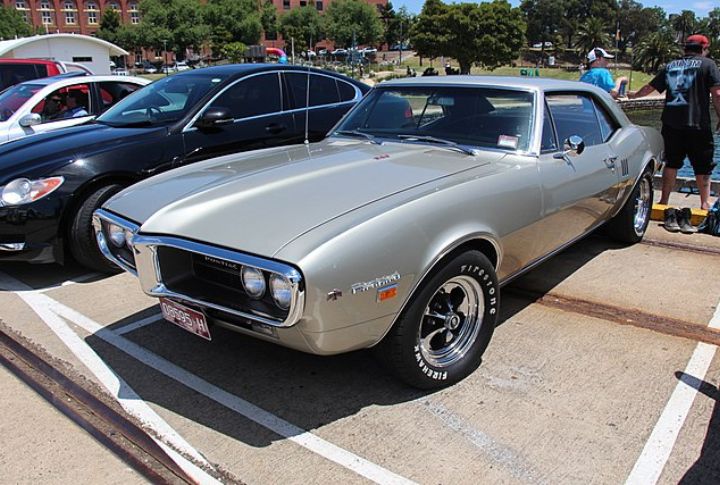
The Pontiac 400 and Chevrolet 400 differed significantly in production scale and current-day availability. The Pontiac 400 was a staple car like the Firebird and GTO, producing robust numbers. On the other hand, the Chevrolet 400, predominantly used in sedans and trucks, had a shorter manufacturing span and fewer units made.

